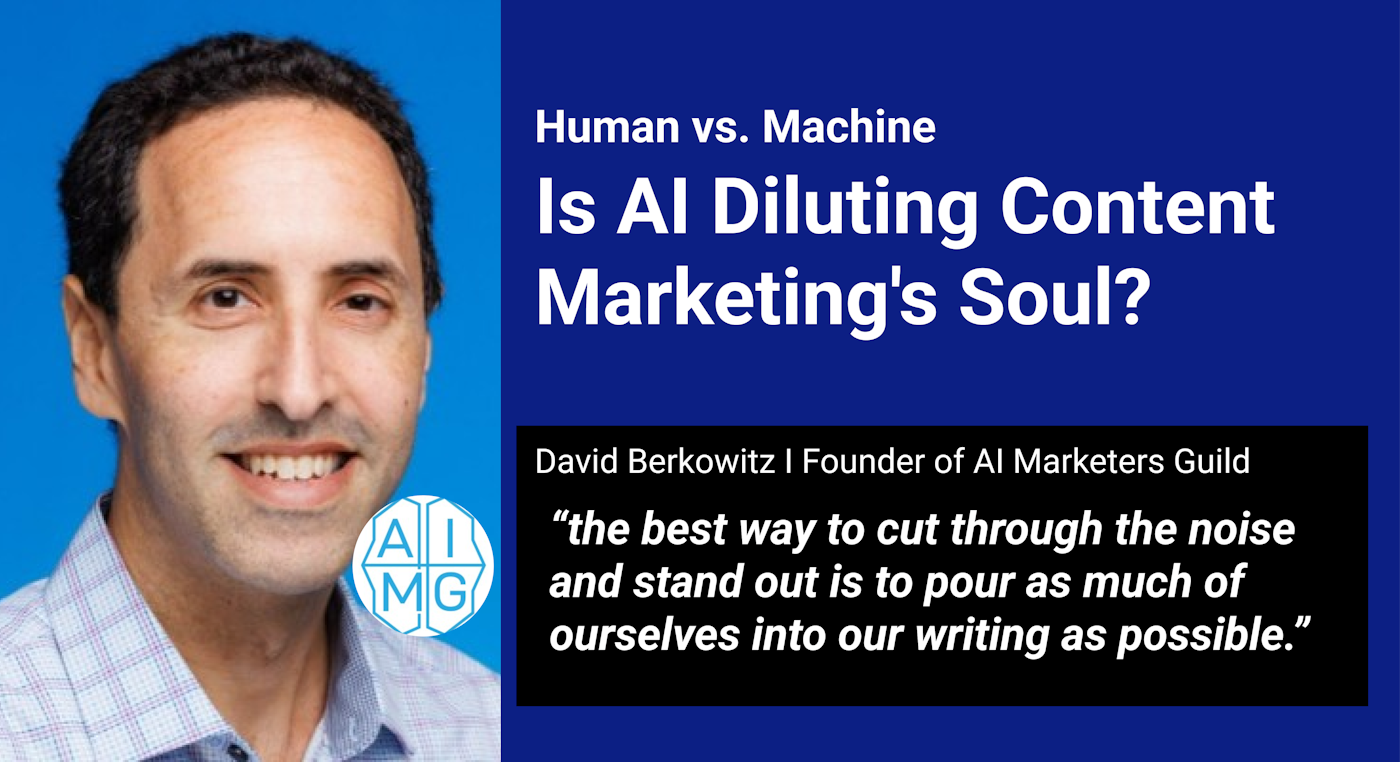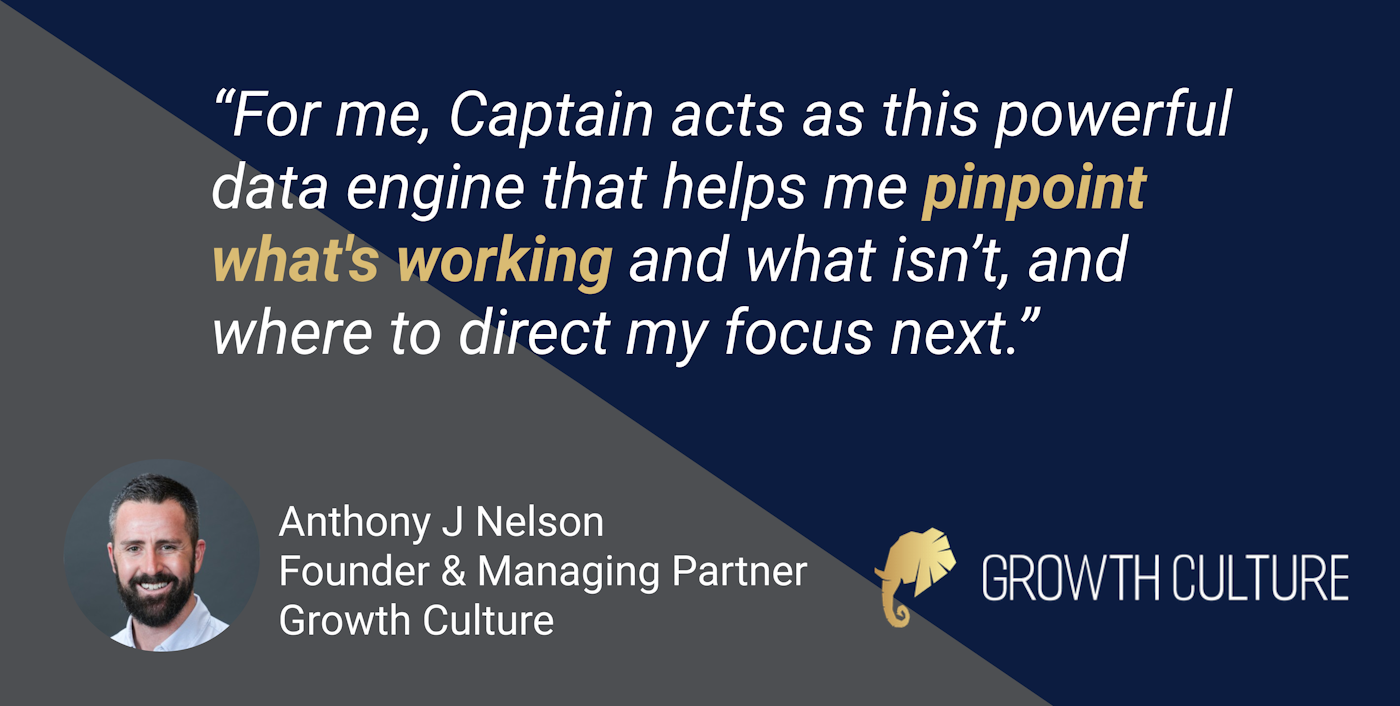Using Open Source LLMs in Content Marketing
The digital domain is constantly changing, and open source large language models (LLMs) are becoming an essential element in content creation for marketing. Marketers encounter numerous challenges when trying to create content that strikes a chord with their audience, but the introduction of AI provides a powerful tool to overcome these obstacles. This piece highlights the strategic benefits of using open source LLMs, offering insights on how they can improve quality, enable detailed customization, and engage a community filled with innovation.
We'll explore the inner workings of these AI tools, focusing on the importance of open source in fostering accessibility and development. By tailoring content at scale and utilizing strategies based on data, companies can nurture more meaningful engagement and track the effectiveness with greater precision. For those prepared to integrate LLMs into their content marketing plans, we'll guide you through the practical steps, making sure you can smoothly transition to using the latest technological developments to reach your audience in a way that wasn't possible before.
Unpacking LLMs: A Deep Dive into Open Source AI
Understanding the Mechanics of Open Source LLMs
Open source large language models (LLMs) like BERT and BLOOM are making waves by enabling sophisticated text processing and generation. These models are based on neural network architectures that replicate complex language patterns. The open source attribute implies that anyone can adapt and distribute their code and methodologies, fostering a culture of shared progress in AI.
These LLMs undergo training on diverse datasets, which can span from literary works to scientific articles, allowing them to grasp the nuances of language. For example, OpenLLaMA, utilizing the expansive RedPajama dataset, demonstrates the power and potential of open source alternatives to proprietary models.
The Differentiating Factors: Why Open Source Matters in AI
Open source AI models offer more than just economical alternatives; they are hubs of collective innovation. This approach to AI development invites various contributors, enriching the technology with a breadth of perspectives. It democratizes access to AI advancements, enabling businesses of all sizes to employ advanced AI technologies, as highlighted by Huyenchip.
In content marketing, this means businesses can personalize these models to their specific needs, avoiding the restrictions of licensing agreements. The cost-effectiveness is also significant, as traditional data collection and training expenses are reduced when using prompts with LLMs, leading to substantial savings.
Balancing Innovation with Accessibility: A Look at the Open Source Ecosystem
The open source ecosystem thrives on shared knowledge and innovation. It's a space where collaboration reigns, resulting in more robust and adaptable AI models. For example, the Falcon model from the Technology Innovation Institute in Abu Dhabi showcases how open source LLMs can be engineered for both efficiency and scalability.
This ecosystem also ensures that sophisticated tools are accessible to a wide range of users, promoting widespread adoption and fostering a culture of innovation across various industries.
Tailoring Content with LLMs: Beyond One-Size-Fits-All Solutions
Open source LLMs shine in their capacity for customization, allowing content to be tailored to reflect a brand's unique voice. By training models on specific datasets, they can generate content that aligns with a brand's identity. For instance, a fashion brand might train an LLM on style-centric language, while a tech company might focus on industry-specific terms.
Fine-tuning techniques include:
Supervised Fine-Tuning (SFT): Tailoring the model to a brand's communication style.
Reinforcement Learning with Human Feedback (RLHF): As done with Llama 2, this technique refines the model's output based on human preferences.
Measuring Impact: Engagement Metrics that Matter with LLM-Generated Content
The effectiveness of content generated by LLMs is gauged through engagement metrics such as page time, social shares, and conversion rates. According to Hootsuite, 58% of marketers reported increased performance as the primary benefit of using generative AI for content creation. Tracking these metrics enables marketers to refine content strategies for optimal engagement.
Implementing LLMs Effectively in Your Content Marketing Strategy
Practical Steps to Integrate Open Source LLMs into Your Workflow
Incorporating open source LLMs into content marketing requires selecting a suitable model, assembling a representative dataset, and training the model to reflect the brand's voice. Platforms like HuggingFace provide access to pre-trained models that can be customized, easing the integration process for businesses.
Navigating the Technical Landscape: Tips for Non-Technical Marketers
Non-technical marketers can take advantage of the extensive resources provided by the open source community. User-friendly interfaces and thorough documentation help demystify AI technologies, while community forums offer support and guidance for those looking to leverage LLMs in their marketing efforts.
Anticipating and Overcoming Potential Challenges in Adoption
When adopting open source LLMs, considerations like data privacy and ethical use are paramount. Marketers must ensure that AI-generated content upholds ethical standards and respects privacy. By adopting a transparent approach and staying informed about AI ethics, risks associated with LLM use can be mitigated.
"54% of organizations are using AI for content creation, highlighting the growing reliance on technology to craft compelling narratives."
Harnessing open source large language models has reshaped the content marketing field, offering customized solutions that resonate with audiences. These AI-driven tools democratize access to sophisticated technology and empower marketers to craft narratives that reflect their brand's identity and values. By embracing the open source ethos, companies gain a strategic edge, tailoring content to exact specifications and engaging with consumers through personalized and relevant messaging.
The use of LLMs delivers measurable benefits, as seen through the positive shift in engagement metrics. Looking forward, the incorporation of these models into content marketing strategies is likely to become a norm, redefining our approach to communication. The collective innovation from the open source community ensures that these tools will continue to improve, becoming increasingly efficient and nuanced in their capabilities.
The promise of AI in content marketing lies in the new ways we connect with our audience. As we approach this transformation, it's evident that the brands which adapt and implement these models will not only stay relevant but also flourish. The question isn't if you'll adopt this technology, but when—and how effectively you'll use it to captivate and engage your audience.




